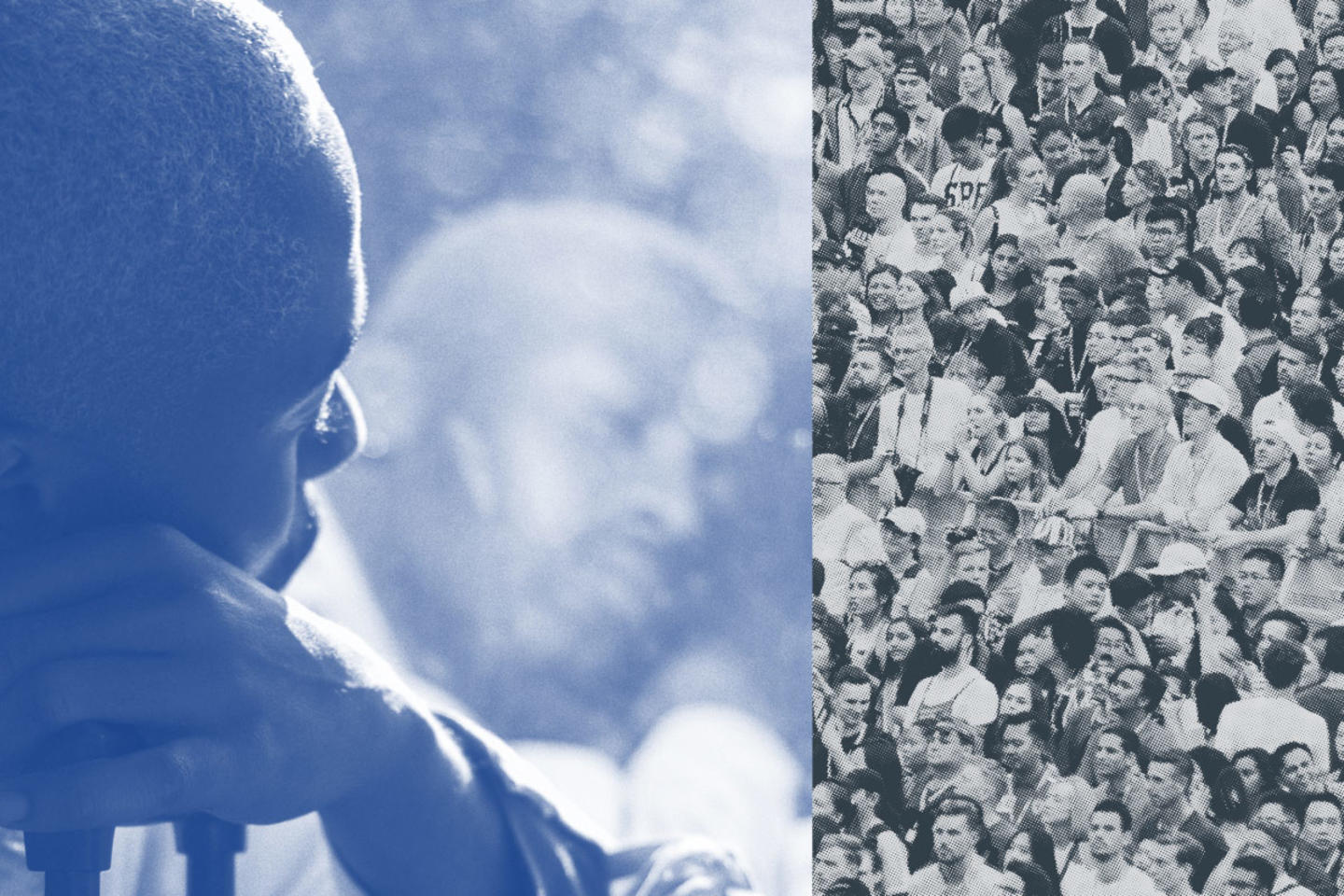Todd Rose wants to help you be true to yourself by challenging society’s “collective illusions.” But just what is a collective illusion and how do our cultural norms get us there?
Here’s how Rose, the co-founder and president of Populace, a think tank, defines it: “Simply put, collective illusions are situations where most people in a group go along with a view they don’t agree with because they incorrectly believe that most people agree with it. And because the people themselves are upholding the illusion, only the people themselves can dismantle it.”
It’s a difficult task. From the moment we’re born, we are surrounded by cultural norms—group consensus about how to behave, what is appropriate, what we should value, and how to be happy.
Our brains are hardwired to rely on cultural norms to help us navigate social interactions. As long as they hold up, cultural norms make life predictable, and most of us would rather conform to them than be true to ourselves.
“You need to be aware of the forces that influence your behavior, and cultural norms are a massive influence that we’re often unaware of,” says Rose. We generally follow and believe cultural norms without even thinking about it.
As Rose puts it, “Norms lurk in the background.”
The danger comes when our “norms” go bigger and become the collective illusions that hold us back as a society.
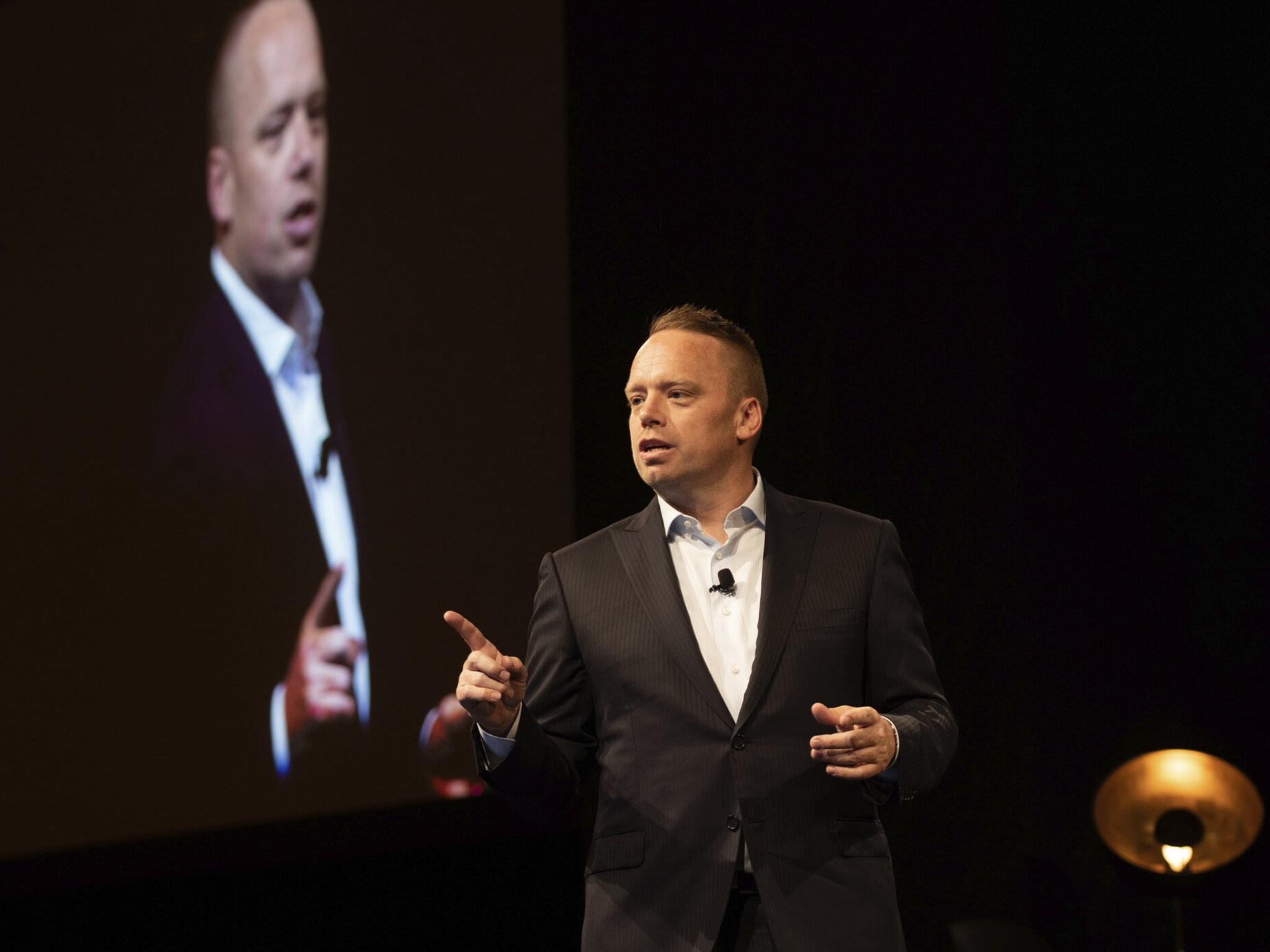
Norms can exist for a very long time, not because they were ever true, but just because people don’t question them.”
Todd Rose
Former Harvard professor and founder of Populace think tank
The thing about our cultural norms is that we often mistake them for truths. We assume that norms are true and good and what people really want. But in reality, a lot of norms are arbitrary. Following blindly can be precarious—for ourselves and for the group. Rose says that “unless we are actively challenging norms and making sure they are valuable, they will eventually become collective illusions.”
This lack of awareness is especially troublesome at the moment because society is pushing for conformity. So not only are our brains defaulting to cultural norms, but anytime a person openly questions a norm or expectation, society punishes them for it. One example happens during elections. People tend to vote for who they believe is most likely to be elected rather than the candidate that voters genuinely prefer. The repercussions of this are obvious.
“Our society has gotten to the point where you can’t question, you can’t provoke. You just have to adhere to consensus,” says Rose. He explains that this is dangerous because it silences honest conversation about whether specific norms are actually beneficial.
“For whatever value we think we’re creating,” he says, “I can guarantee you the end result is the establishment and maintenance of norms that do not reflect public consensus.” In other words, we’ll end up with norms most of us don’t want.
Rose explains that neuroscience reveals our dependence on cultural norms to be a matter of efficiency. He says our brains are energy hogs, and they are constantly looking for shortcuts that will use less energy. Cultural norms give our brains context for every social interaction. We don’t have to relearn what is expected over and over again because our brains instinctively trust the norms we’ve already learned.
“The areas of the brain that track cultural norms are the same areas of the brain that process social information in general,” Rose says. “A violation of a cultural norm will trigger the exact same error signal that your brain triggers when it is perceived that you are going against your group.”
Artists are especially good at intentionally challenging norms. Rose says, “We see them as a little weird and a little disconnected from society because they’re supposed to be. And that creates a permission structure that allows them to hold a mirror up to us and say, ‘Is this really you? Is this what you believe?’”
“A lot of times, it’s the first crack in the norm that eventually breaks,” he says. “As people start to talk about the artist and about the art, rather than the norm itself, it reveals the opportunity for people to reveal to each other what they actually value, and the norm can disintegrate and a new norm can emerge.”
Get a weekly dose of stories, ideas, and advice from changemakers to help you tackle America’s biggest problems.
How to break cultural norms
Several decades ago, Vietnam had a major problem with child malnutrition in its rural villages. As aid workers eventually discovered, a cultural norm had become a collective illusion.
Because the traditional top-down approaches weren’t solving the problem, aid workers finally used an approach called “positive deviance.” They went into the villages and searched out children that weren’t malnourished and then studied what was different about their diets compared to their malnourished peers.
They discovered that mothers of the healthier children were supplementing their meals with shrimp, a widely available food source. These mothers were positive deviants. They were feeding their children shrimp in secret because villagers believed a cultural norm that children shouldn’t eat shrimp.
“At some point a norm had emerged in that community that said shrimp were harmful to kids,” says Rose. “The mothers that were doing that were doing it in private. They didn’t want anyone else to know that they were because they knew they were violating a cultural norm.”
He goes on, “It wasn’t enough to tell people to feed their kids shrimp. They had to find these mothers and elevate their voices and allow them to communicate to other parents, and break that cultural norm. But once they did, they made dramatic gains in child nutrition for decades.”
Rose draws parallels between that case study and the challenges we face in America today. Most notably, he says we are too focused on top-down, expert-driven solutions. Positive deviance may seem strange, but “it’s the only way you can ever drive social change under collective illusions that are rooted in cultural norms,” he says.
Rose believes this insight is our ticket to authenticity and fulfillment as individuals and as a society. “If you understand that fact,” he says, “and you create the enabling conditions that allow everyday people to reveal who they really are to each other, these illusions can crumble in a hurry, and social change can happen at a scale and pace that would otherwise seem unimaginable.”
Populace is supported by Stand Together, which helps America's boldest changemakers tackle our country's biggest problems.
Learn more about Stand Together's efforts to bridge divides and build strong and safe communities.
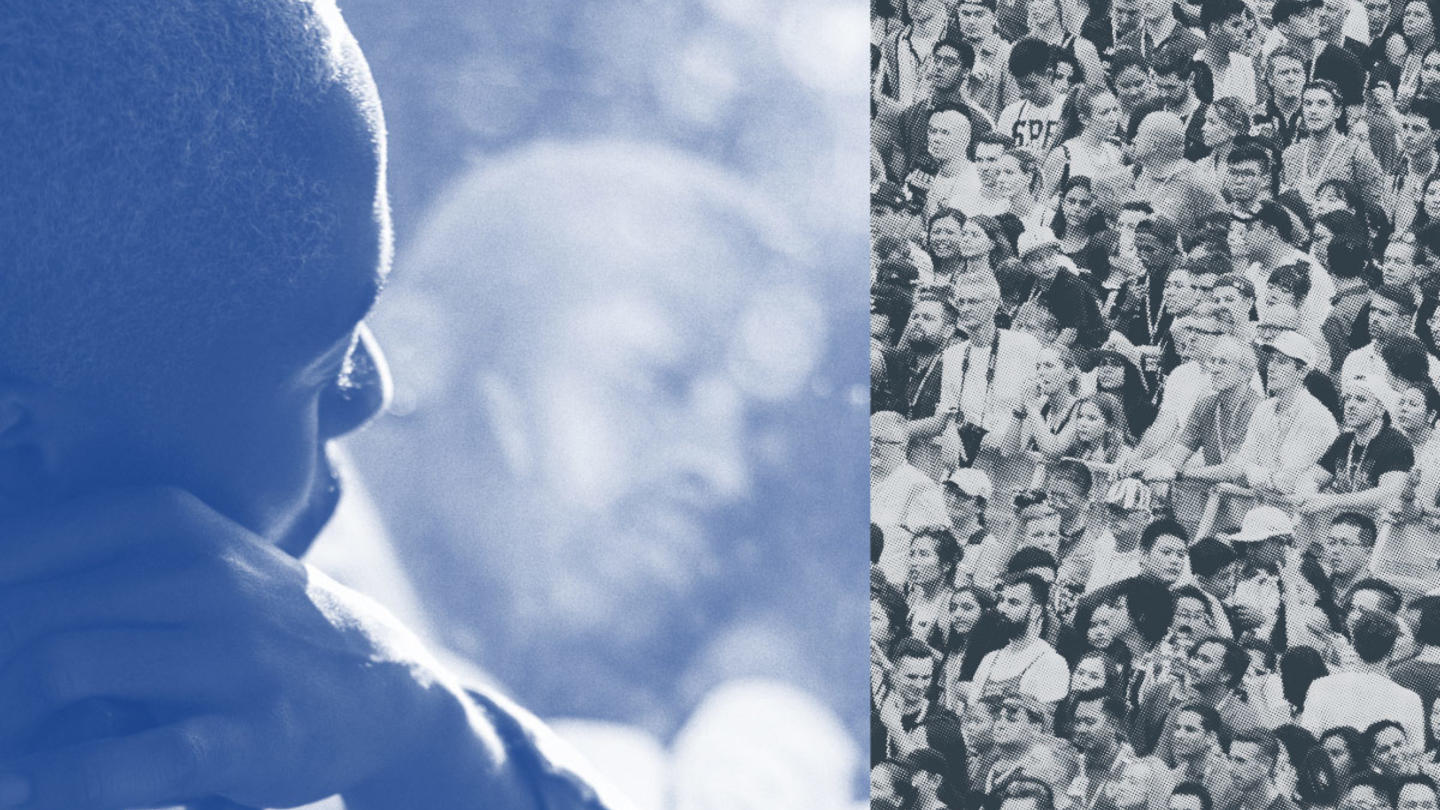
Why we must push ourselves beyond the cultural norms that hold us back.
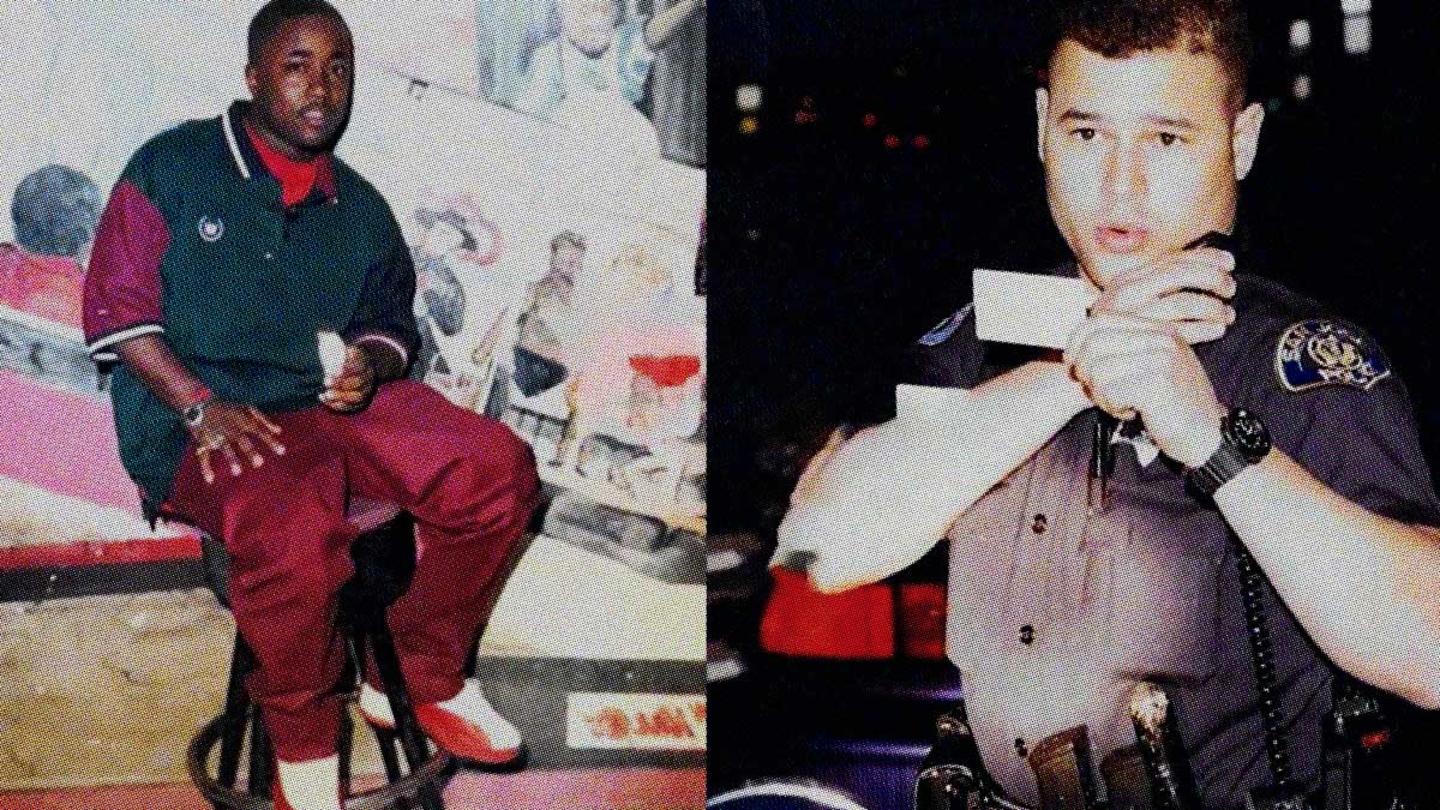
This astonishing partnership between a cop and an ex-Bloods gang leader is making the Dallas community safer.
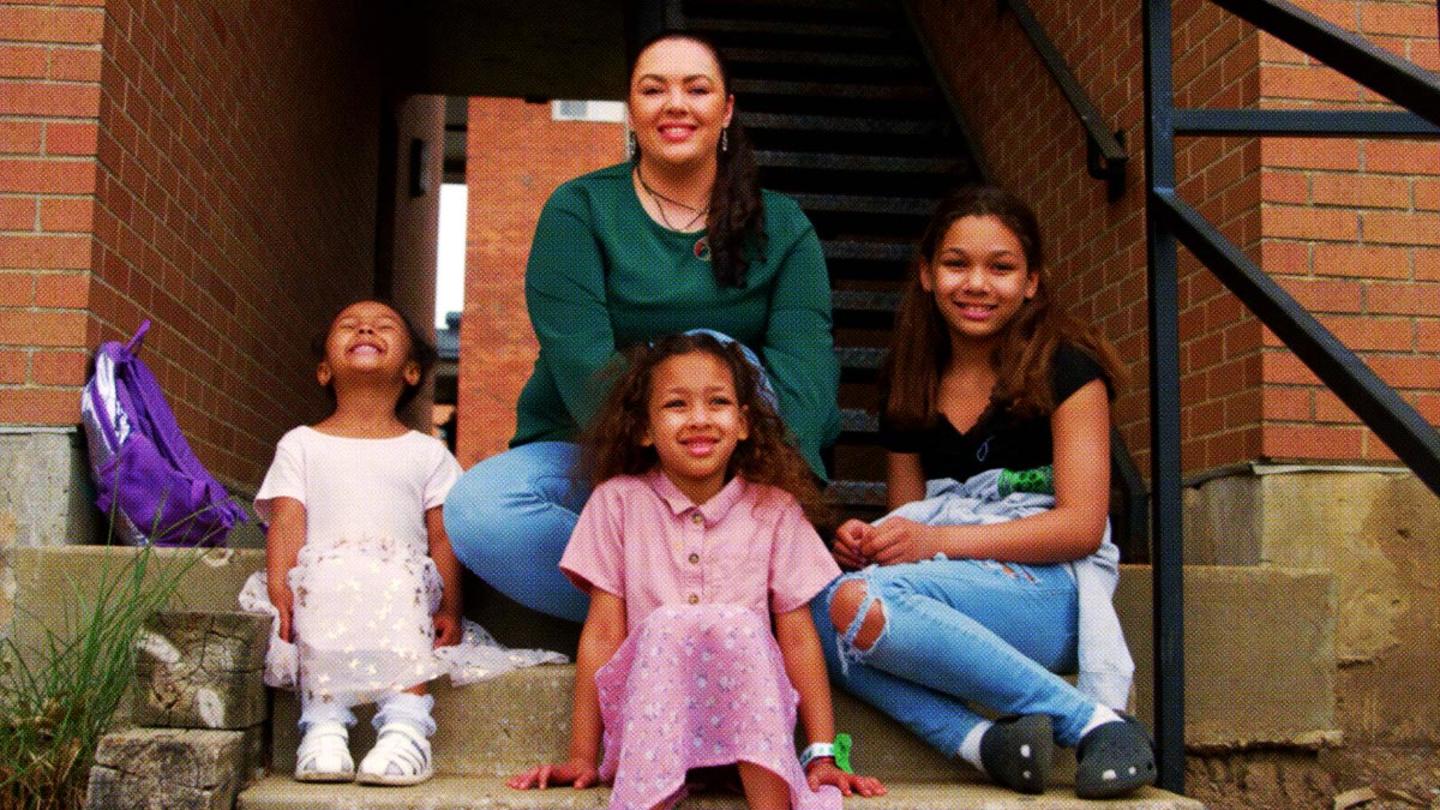
This innovative app connects families in crisis to real-time support in their community.
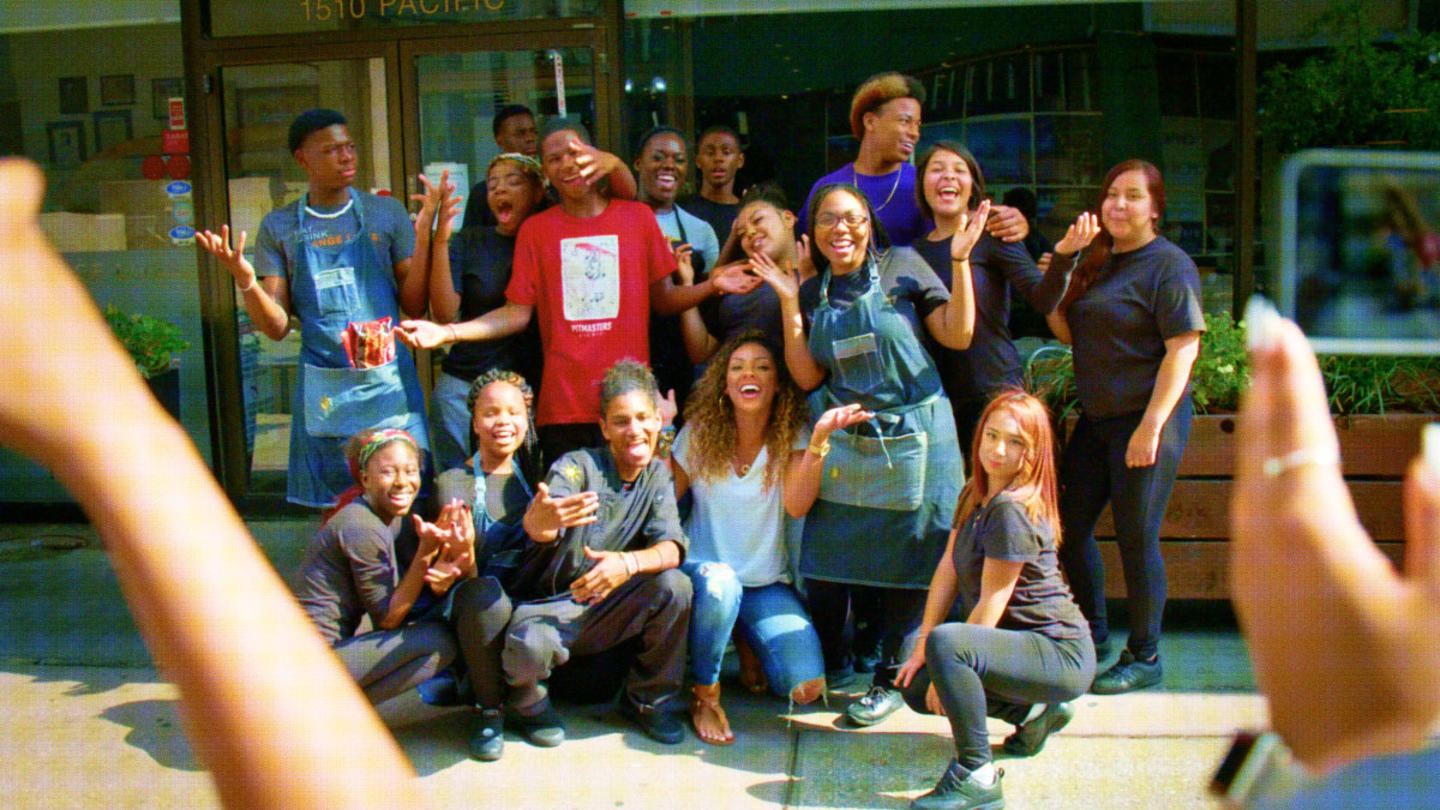
Café Momentum’s transformative approach, centered on hiring justice-involved youth, empowers at-risk teenagers to find success.
